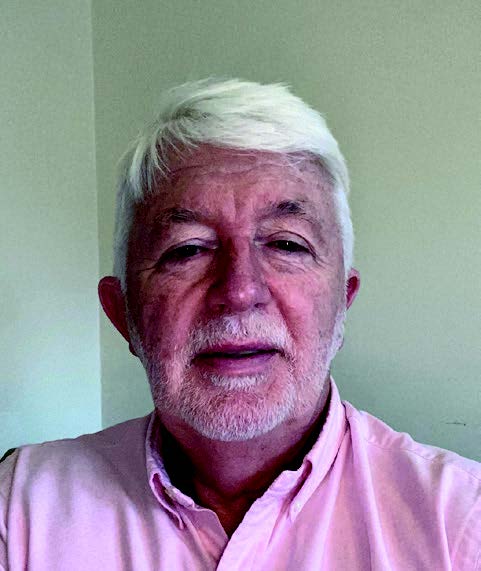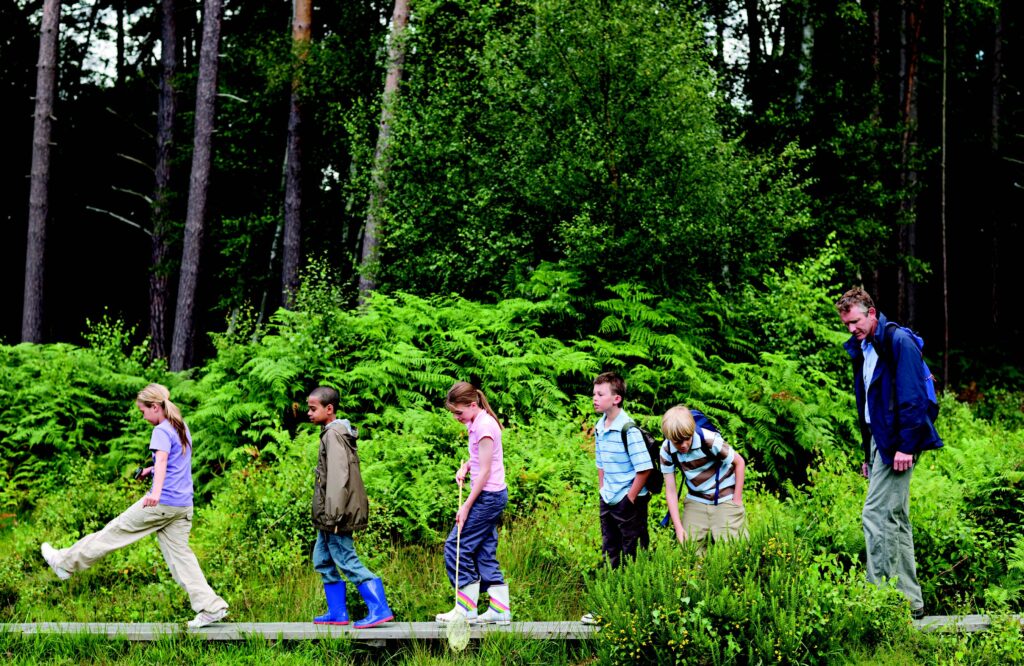Since the 2001 Agreement identified the need for sabbaticals for the teaching profession this has been pursued by the EIS through the SNCT. After two decades an agreement has been reached that gives teachers and associated professionals the right to take sabbaticals. This agreement, SNCT 21/33, is set out in a new appendix to the SNCT Handbook: Appendix 2.23.
This benefit to the profession and to individuals came into existence following the SNCT establishing its own Independent Panel to consider Career Pathways. The report from this group led to the SNCT Working Group on Sabbaticals and negotiation of the self-funded model.
Unfortunately, there has been no funding provided by either Scottish Government or Local Government for this scheme so teachers and associated professionals will need to plan for each sabbatical and carefully consider the financial implications. The EIS will continue to raise the need for funding for sabbaticals and will keep the issue of shared funded sabbaticals on the SNCT agenda whilst monitoring the uptake and success of the self-funded model. This is just a start of the sabbatical journey for teachers and associated professionals!

Mick Dolan, Vice-Convener of EIS Salaries Committee, who represented the EIS on the Sabbaticals Working Group.
The key elements of this scheme are:
- Control of what is undertaken during sabbatical is with the employee.
- A sabbatical can be for 3 months to a year in duration.
- All Councils are required to allow at least 1% of teachers to be on sabbatical in any year.
- Eligibility for a sabbatical is 5 years’ employment.
- Up to 3 sabbaticals can be taken within a career lifetime with a minimum of 5 years between each sabbatical.
- A year’s notice to be provided but for this academic year (due to late starting of the scheme) this requirement has been relaxed.
- Guaranteed return to post at end of sabbatical period and early return allowed by agreement.

